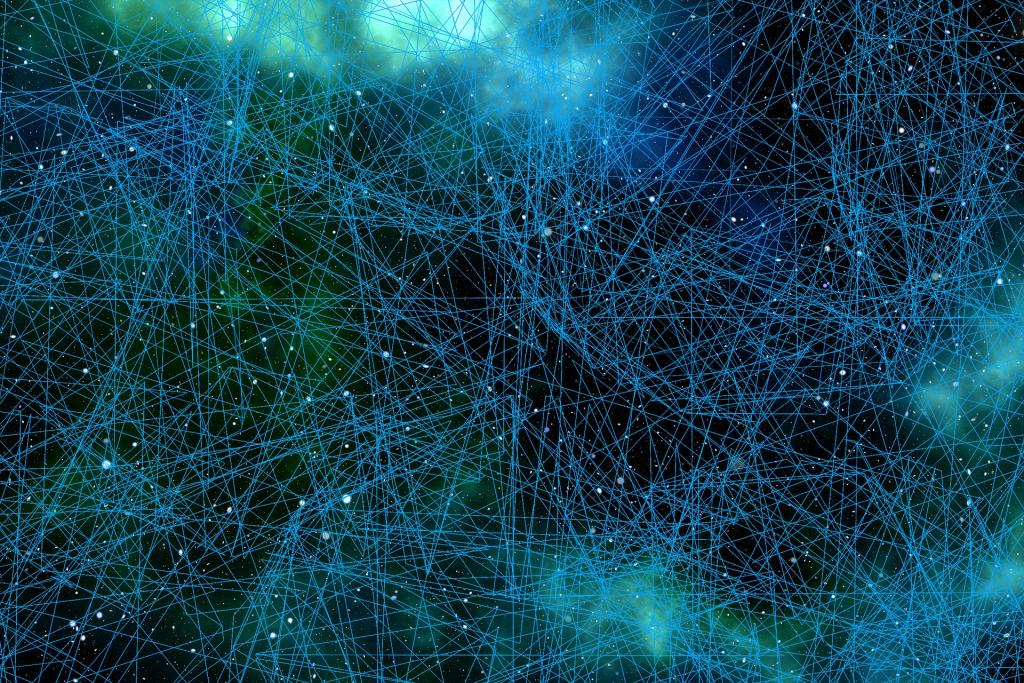Timeline: September 2020 – August 2025
Keywords: International institutions, power and network
Funding Organisation: SNSF
Abstract:
Institutional complexes change through states’ interdependent decisions to join, reform, or create international institutions. Rendering these decisions in the form of a network enables the leveraging of network theory and network methods. Network and power analysis can both help us understand how the rate of change in these dependent variables may differ across the institutional complex, rendered as a network. Network analysis makes more precise institutionalist suggestions that denser, overlapping institutional complexes might slow down institutional changes. Power analysis reminds both institutional and network analysis that powerful actors can act or force others to act where others cannot. Combining these literatures promises to provide a more nuanced theory of the rate of institutional change.
The project plans to study the effects of network and power on how quickly states join, reform, or create international institutions by examining the historical dynamics of three institutional networks from different domains-military alliances (security), trade (economics), and fisheries agreements (environment). A three- part research design allows the development and testing of a theory of the rate of institutional change by 1) identifying network and power mechanisms that generalise across domains, 2) recognising how context conditions their influence, and 3) understanding how institutional complexes coevolve. The main methodology utilised is a dynamic actor-oriented network event model to estimate the effects network and power have on the timing and choices of institutional changes. Three extensions to this model to be developed during this project will further social and political network research. Text analytic methods will also be used to quantify change in institutional design and to follow up qualitatively cases identified by the models as representative or outliers.




